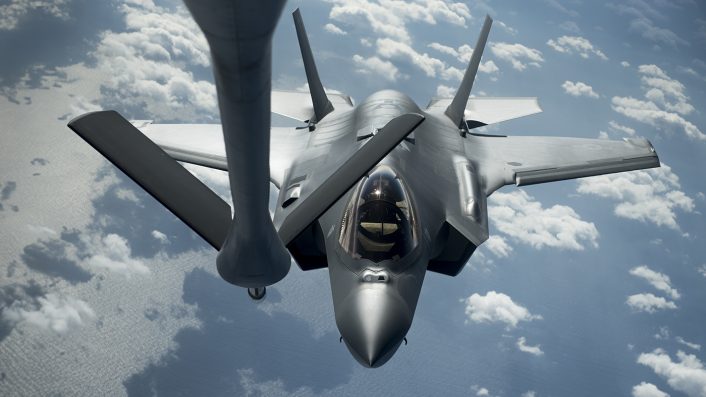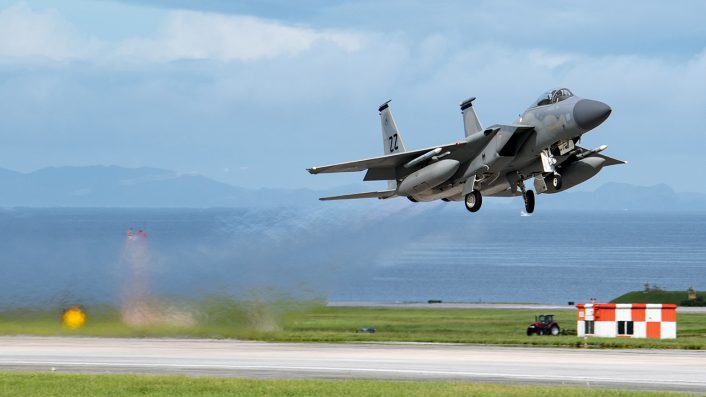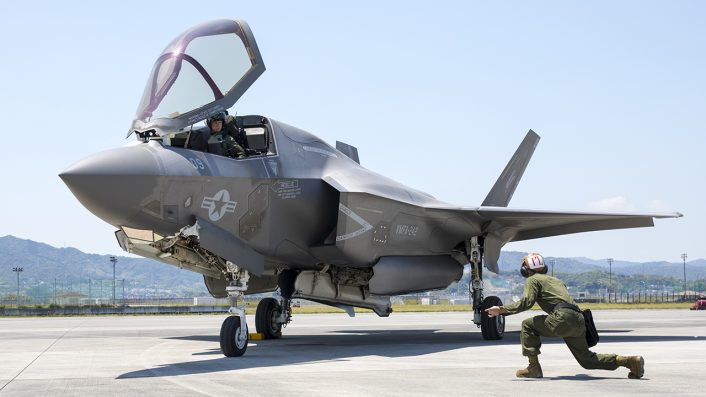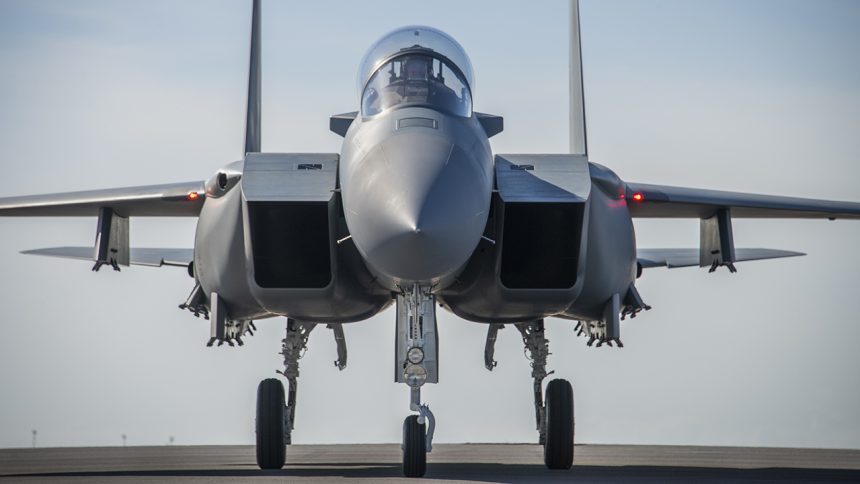Department of Defense (DoD) announces plan to outfit Misawa Air Base With F-35A, Kadena Air Base with F-15EX.
On July 3, 2024, the United States Department of Defense announced a “modernization plan” with the goal of deterring Chinese aggression in the region and strengthening forces in Japan.
Misawa Air Base, home of the USAF’s 35th Fighter Wing’s 13th and 14th Fighter Squadrons, currently operates a suppression of enemy air defenses (SEAD) mission with the F-16 Fighting Falcon. The Wing is expected to continue to fly their SEAD mission with the F-35A. The Department of Defense aims to replace 36 F-16C/Ds with 48 F-35As.

Kadena Air Base, home of the 18th Wing’s 44th and 67th Fighter Squadrons, most recently flew in an air superiority role with the F-15C/D Eagle. Both squadrons were scheduled to retire their F-15s beginning in 2022 with no replacement named until now. The base is set to replace 48 Eagles with 36 F-15EX Eagle II jets.
The original plan was to completely replace the F-15C/D fleet with the F-22A Raptor, the U.S. Air Force’s first 5th generation fighter aircraft. The service intended to purchase 750 Raptors to replace both the F-15 Eagle and the F-16 Fighting Falcon. However, this number was reduced to 187 production aircraft, which is fewer than the approximately 230 F-15C/D aircraft still in service. As a result, the operational life of the Eagle had to be extended, even though it was initially slated for retirement in 2019.

The press release also makes mention of a decision for the U.S. Marine Corps to “modify the number of F-35B aircraft to support the… modernization implementation” at MCAS Iwakuni, though no specifics are named. MCAS Iwakuni is currently home to both VMFA-121 and VMFA-242, equipped with the F-35B Lightning II, as well as VMGR-152, flying the KC-130J Super Hercules.

The decision comes at a time of increased tensions between China and several nations around the Pacific. The two bases are very significant to the United States’ commitment to “a free and open Indo-Pacific” as Kadena is near Taiwan and China and Misawa is near Russia on the opposite end of Japan.
The DoD press release did not note a specific timeframe for the aircraft transitions other than noting it will be ongoing for “the next several years”. In the meantime, the U.S. Air Force will continue rotations of both 4th and 5th generation fighters to Kadena.
First commitment of Eagle II to a base outside the U.S.
Remarkably, the announcement marks the first commitment of the new F-15EX Eagle II, the most advanced Eagle variant ever produced, to a base outside the United States.
Other current and future F-15EX bases planned are Portland ANGB, Oregon; Eglin AFB, Florida; NAS JRB New Orleans, Louisiana; and Fresno ANGB, California. With these bases already planned for the new fighters, Kadena may be waiting a little while for theirs.
We recently reported about the first F-15EX Eagle II delivered to an operational unit, the 142nd Wing of the Oregon Air National Guard, on June 6, 2024. The aircraft, #20-0008, sporting tail flash and insignia of the 123rd Fighter Squadron and the Oregon ANG, was the first of 18 that will arrive to Portland Air National Guard Base in the following years. The delivery of the first Eagle II to the Oregon ANG represents the first time a new weapon system is delivered to the Air National Guard before serving in the Air Force. So far, six F-15EXs have been delivered to Eglin Air Force Base, Florida, where they are supporting developmental and operational tests on the new aircraft, while Portland is receiving the first operational examples.
Last year, the Eagle II finished the first phase of Integrated Test & Evaluation (IT&E). During this phase, the F-15EX took part in 19 Large Force Exercise events, collaborating with 5th generation aircraft. It achieved the longest Air-to-Air Missile employment and marked the first time an F-15EX deployed the longest non-nuclear Air-to-Ground munition in the inventory.
The service originally intended to purchase up to 144 F-15EX aircraft. However, this number was reduced to 104 last year. Now, with the FY 2025 budget request, the figure has been cut further, indicating that the Air Force will acquire the final aircraft in 2025 and subsequently cease production, limiting the fleet to 98 aircraft.









